Introduction
Stir-fried pork intestines, a dish that divides opinions among food enthusiasts, holds a unique place in the culinary landscape of many regions. While some find its texture and flavor intriguing, others are hesitant due to its perceived “offal” status. However, for those who appreciate the rich, savory taste and the chewy texture of well-cooked pork intestines, mastering the art of stir-frying them to perfection can be a rewarding culinary endeavor. This guide aims to demystify the process and provide a comprehensive roadmap to cooking delicious stir-fried pork intestines, ensuring that even the most skeptical palate can be won over.
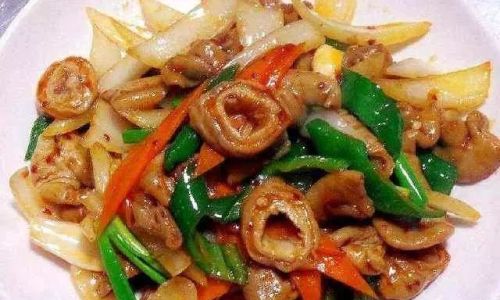
Understanding Pork Intestines
Before diving into the cooking process, it’s crucial to understand what pork intestines are and how to select high-quality ones. Pork intestines, often referred to as chitterlings or simply intestines, are the tubular organs used for digestion in pigs. They come in various sections, including the small intestine and the large intestine, each with its own texture and flavor profile. For stir-frying, the large intestine, which is thicker and has a more robust texture, is typically preferred.
Selecting Quality Pork Intestines
-
Freshness Matters: Always opt for fresh or frozen pork intestines from a reputable source. Fresh intestines should have a clean, slightly sweet smell, with no pungent or off odors.
-
Appearance: Look for intestines that are firm to the touch and have a uniform color, typically a pale pink or beige. Avoid those that are slimy, discolored, or have visible signs of damage.
-
Cleaning: Proper cleaning is essential for removing any impurities and odors. This involves rinsing the intestines thoroughly under cold running water, then using a scraper or the back of a spoon to remove any fat, residue, or membranes. Repeat this process until the intestines are completely clean and free of debris.
-
Soaking: After cleaning, soak the intestines in a solution of water and vinegar or lemon juice for at least 30 minutes to further neutralize any remaining odors. Rinse thoroughly again before cooking.
Preparing the Intestines for Stir-Frying
Once the intestines are cleaned and soaked, they need to be cooked to a tender consistency before stir-frying. This preliminary cooking step is crucial as it breaks down the tough fibers and ensures that the intestines are tender and flavorful when stir-fried.
-
Boiling: Place the cleaned intestines in a large pot of boiling water. Add seasoning such as ginger slices, garlic cloves, and a splash of vinegar to help with flavor and odor control. Boil for about 45 minutes to an hour, or until the intestines are tender but not overly soft. Test for doneness by piercing them with a fork; they should offer some resistance but not be tough.
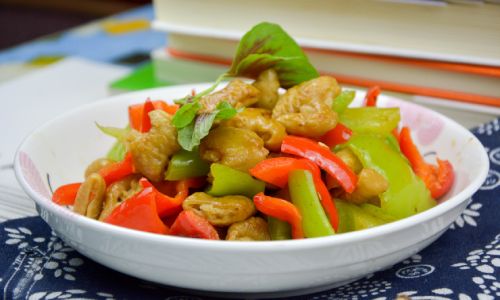
-
Cooling and Slicing: Once cooked, remove the intestines from the pot and let them cool slightly. Once cool enough to handle, slice them into bite-sized pieces or strips, depending on your preference.
Marinating for Flavor
Marinating the sliced intestines can enhance their flavor and ensure that they absorb the spices and seasonings evenly during stir-frying.
-
Basic Marinade: Combine soy sauce, rice vinegar, sesame oil, garlic powder, ginger powder, a pinch of sugar, and black pepper in a bowl. Adjust the quantities to taste.
-
Marinating Time: Add the sliced intestines to the marinade, ensuring they are well-coated. Let them sit for at least 30 minutes, preferably refrigerated, to allow the flavors to meld.
Stir-Frying Techniques
Now that the intestines are prepared, it’s time to stir-fry them. The key to successful stir-frying lies in high heat, a well-seasoned wok or pan, and quick cooking to retain the juices and texture.
-
Heating the Pan: Preheat your wok or large frying pan over high heat. Add a generous amount of oil, preferably a neutral oil like vegetable or canola, which can handle high temperatures without smoking.
-
Aromatics: Once the oil is hot, add chopped garlic, ginger, and green onions (or any other aromatics you prefer, such as shallots or chili peppers). Stir-fry for a few seconds until fragrant but not burnt.
-
Adding the Intestines: Carefully add the marinated intestines to the pan, spreading them out in a single layer if possible. Stir-fry for about 2-3 minutes, constantly tossing and stirring to prevent sticking and ensure even cooking.
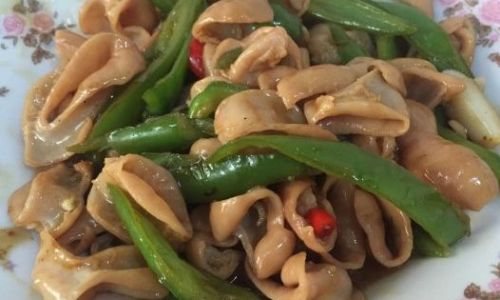
-
Sauce Addition: If you’re using a sauce (such as a mixture of soy sauce, oyster sauce, and a touch of cornstarch slurry for thickening), pour it around the edges of the pan rather than directly over the intestines. This helps to avoid cooling the pan down too much and ensures the sauce cooks and thickens properly.
-
Final Touches: Continue to stir-fry for another 1-2 minutes, until the intestines are heated through, coated with the sauce, and slightly caramelized. Taste and adjust seasoning if necessary, adding a pinch of salt or more soy sauce if required.
-
Garnishing: Remove from heat and transfer to a serving dish. Garnish with chopped green onions, sesame seeds, or chopped chili peppers for an extra layer of flavor and color.
Serving Suggestions
Stir-fried pork intestines can be enjoyed on its own as a hearty appetizer or main dish, or paired with other ingredients to create a more complex meal.
-
Rice or Noodles: Serve over a bed of steamed rice or your favorite noodles for a satisfying and filling meal.
-
Vegetable Stir-Fry: Combine with stir-fried vegetables such as bell peppers, broccoli, snap peas, or carrots for a balanced and nutritious dish.
-
Soup or Stew: Use leftover stir-fried intestines to enhance the flavor of soups or stews, adding depth and richness to the broth.
-
Wraps or Sandwiches: For a more casual approach, wrap the stir-fried intestines in lettuce leaves, tortillas, or pita bread along with pickled vegetables, fresh herbs, and condiments.
Troubleshooting and Tips
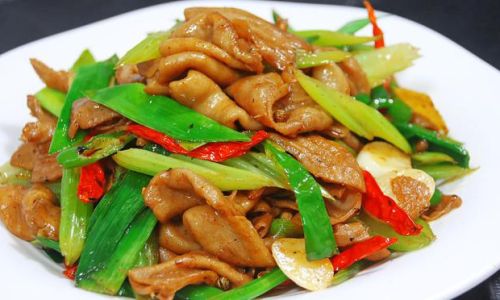
Even with the best intentions, cooking pork intestines can sometimes present challenges. Here are some troubleshooting tips and general advice to ensure success:
-
Overcooking: The key to tender yet chewy intestines is to avoid overcooking. Once they start to firm up and lose their moisture, they can become tough and unpleasant. Keep an eye on them during stir-frying and remove from heat as soon as they reach the desired texture.
-
Sticky Pan: If the intestines stick to the pan, it’s likely due to not enough oil or not heating the pan properly. Make sure the pan is very hot before adding oil, and use enough oil to coat the bottom evenly.
-
Odor Control: Despite cleaning and soaking, some intestines may still retain a slight odor. Adding strong-flavored ingredients like garlic, ginger, and vinegar during cooking can help mask any lingering smells.
-
Storage: Leftovers can be stored in an airtight container in the refrigerator for up to 3 days. Reheat gently, preferably in a steamer or microwave, to avoid drying out the intestines.
Conclusion
Stir-fried pork intestines, with their unique texture and rich flavor, are a culinary treasure that deserves a place in every food lover’s repertoire. By following the steps outlined in this guide—from selecting and preparing the intestines to marinating, stir-frying, and serving—you can transform this often-overlooked ingredient into a dish that is sure to impress even the most discerning palate. Whether enjoyed as a standalone dish or incorporated into a larger meal, stir-fried pork intestines offer a delightful and satisfying culinary experience that is well worth the effort. So, don your apron, heat up your wok, and embark on a culinary journey that will leave you with a plate of delicious, tender, and flavorful stir-fried pork intestines. Bon appétit!
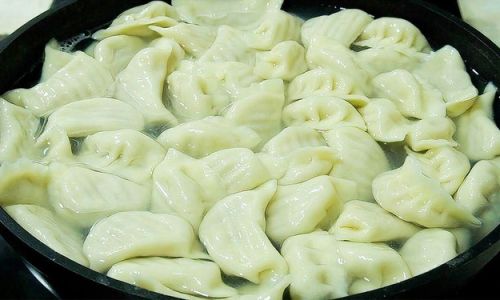
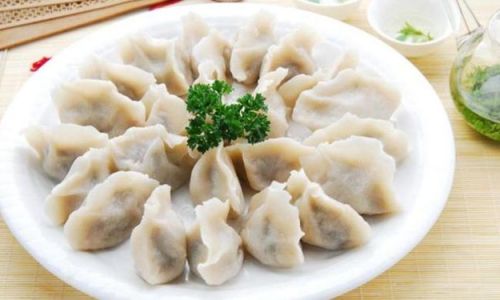
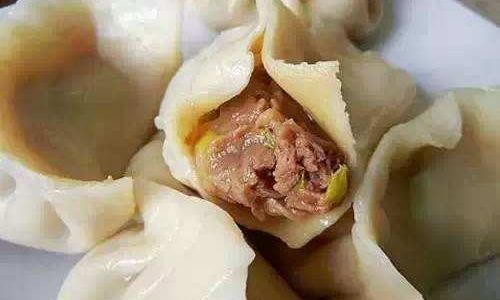



0 comments